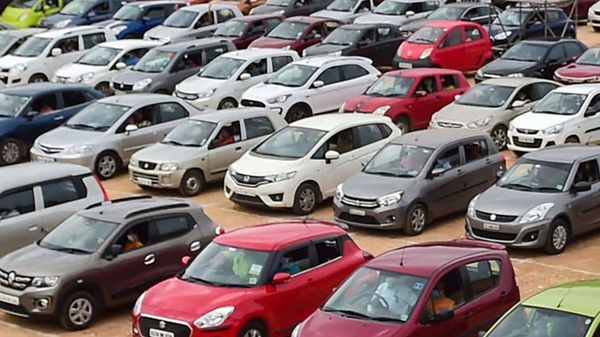
Union Minister Nitin Gadkari said the Center is very close to finalizing the new vehicle scrapping policy for the country. Speaking at the ACMA 60th Annual Session, Gadkari’s statements on the state of the policy will bring relief to many automakers who have been demanding it for some time.
Gadkari said the policy is expected to receive approval from the Center in a month or even earlier.
On Friday, Union Minister Prakash Javadekar had also said that the proposal for the car scrapping policy was ready and that all interested parties had provided input, so his announcement would likely be “very soon”. He spoke at the annual convention of the Society of Indian Automobile Manufacturers (SIAM).
The vehicle scrapping policy has the potential not only to get old and polluting vehicles off the roads of India, but also to inject life into the automobile industry due to the new demand. Since the resale value of vehicles after 15 years is extremely low, these vehicles can be sent to the junkyards with some form of monetary compensation to the owners, which could guarantee two benefits: an incentive for the owners to be Get rid of such vehicles and the help of these polluting vehicles. the environment.
Other countries have previously taken similar measures to dispose of vehicles. In the US, it was officially called the Car Assignment Refund System, but was popularly known as “Cash for Scrap”. It was implemented in the wake of the 2008-2009 financial crisis, and people received around $ 4,500 for their old vehicles, provided they bought a fuel-efficient vehicle instead. Fox News has reported that about 700,000 vehicles were taken to junkyards under this program.
Gadkari also urged the auto components sector to increase exports and strive for quality manufacturing.
He said the government now has the mindset to increase the country’s exports and limit imports by imposing duties.
On the infrastructure boost, he said that the Center will build 22 “Green Highway Projects” and that work on some has already begun.
In addition, he called on the industry to establish clusters for the manufacture of automobiles next to the next highways.
.